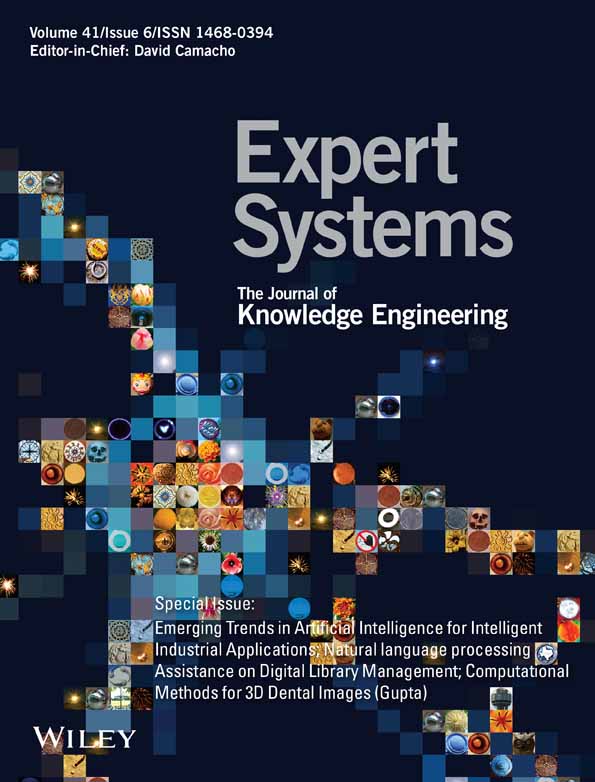RETRACTED: A predictive typological content retrieval method for real-time applications using multilingual natural language processing
Abstract
Natural language processing (NLP) is widely used in multi-media real-time applications for understanding human interactions through computer aided-analysis. NLP is common in auto-filling, voice recognition, typo-checking applications, and so forth. Multilingual NLP requires vast data processing and interaction recognition features for leveraging content retrieval precision. To strengthen this concept, a predictive typological content retrieval method is introduced in this article. The proposed method maximizes and relies on distributed transfer learning for training multilingual interactions with pitch and tone features. The phonetic pronunciation and the previous content-based predictions are forwarded using knowledge transfer. This knowledge is modelled using the training data and precise contents identified in the previous processing instances. For this purpose, the auto-fill and error correction data are augmented with the training and multilingual processing databases. Depending on the current prediction and previous content, the knowledge base is updated, and further training relies on this feature. Therefore, the proposed method accurately identifies the content across multilingual NLP models.
Open Research
DATA AVAILABILITY STATEMENT
Research data are not shared.




